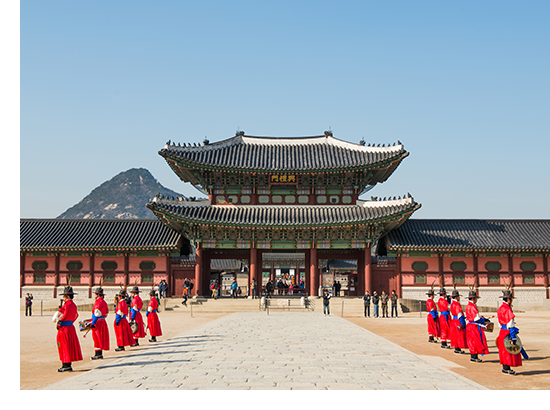Program Information
Day 2 (Oct. 13)
Conveying a sincere message to participating overseas Korean adoptees and discussions on issues of interest.
Key events


 Opening ceremony
Opening ceremony

 Talk concert
Talk concert
 Official luncheon
Official luncheon

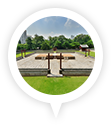 Korean history experience 1
Korean history experience 1
 Opening ceremony
Talk concert
Official luncheon
Korean history experience 1
Opening ceremony
Talk concert
Official luncheon
Korean history experience 1
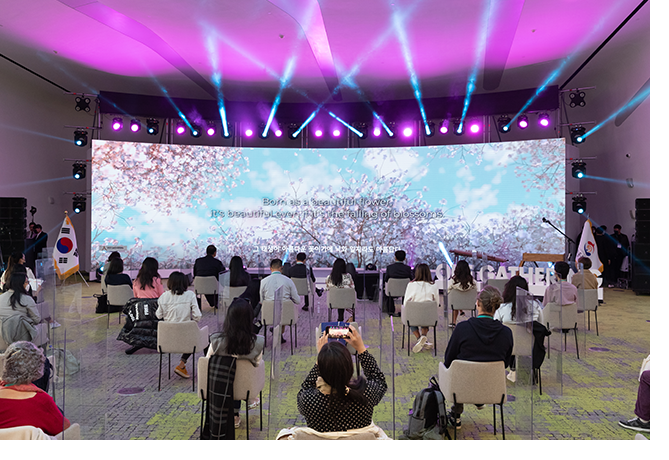
01
Opening Ceremony
The first steps of a six-day journey by participating overseas Korean adoptees who have come a long way of a serpent-like dragon from Korean mythology. There will be an exciting opening performance and messages of support and congratulations from opinion leaders from all walks of life.
- Date and time: Oct. 13, 2022 (Thu) 10:00-10:30
- Venue: Grand Ballroom Hanra, Seoul Dragon City
02
Talk Concert
Overseas Korean adoptees have long yearned to visit their homeland Korea. Let’s listen to their stories through “Our Letters.”
A letter to homeland
Let’s listen to heart-moving stories from a panel of overseas Korean adopteesListen to my story
A time to share and listen to the stories of other Korean adoptees
- Date and time: Oct. 13, 2022 (Thu) 11:00-12:30
- Venue: Grand Ballroom Hanra, Seoul Dragon City
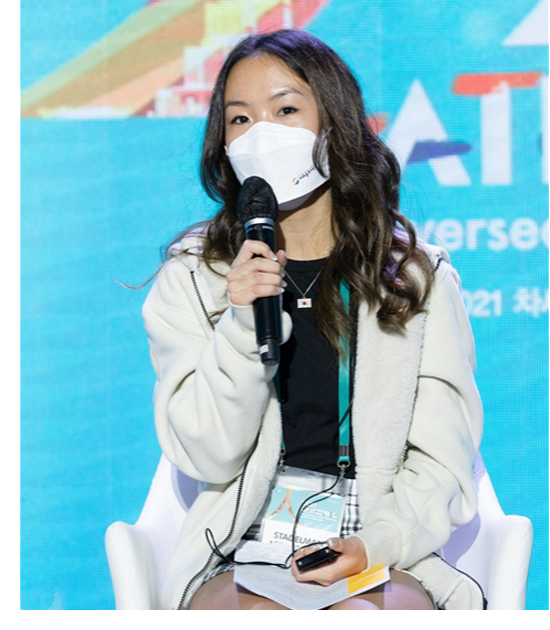
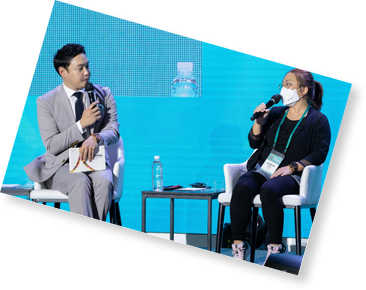
03
Korean History Experience I
- Date and time: Oct. 13, 2022 (Thu) 14:00 - 18:00
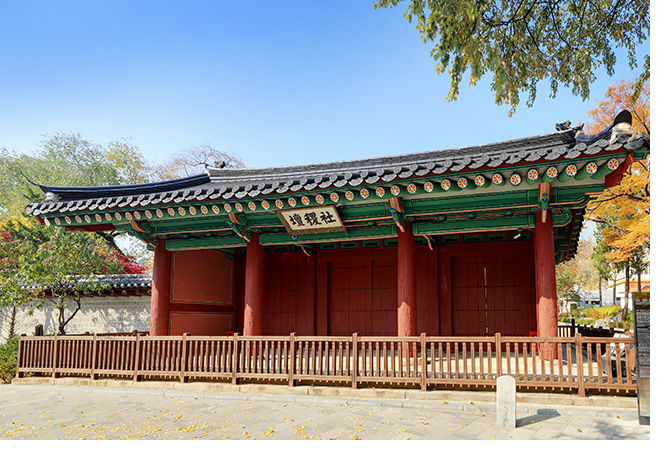
Sajikdan AltarAlong with Jongmyo Shrine, Sajikdan was a place where services for the gods of Earth and Crops were performed.
It was erected when the founder of Joseon made Hanyang the capital and built the palaces.
Guksadan was the place where services for the Earth were performed, which was located on the east,
and Gukjikdan, the place where services for the Crop gods were performed,
on the west. The altar was placed on the north.
Services were performed here in the winter solstice and New Year’s Eve, February, and August
Rituals and prayers for rain to have great harvest and for success in great national affairs were also held here.
In 1902, Japan moved Sajikdan and Office of the National Altar elsewhere and made a park around the altar to degrade the Korean altar tradition. Sajik Park, which became a park in 1940, was the original site of Sajikdan.
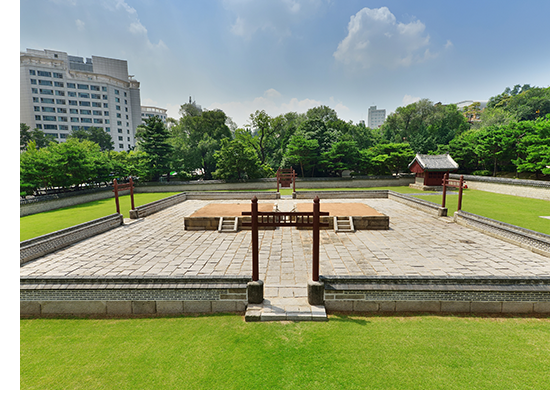
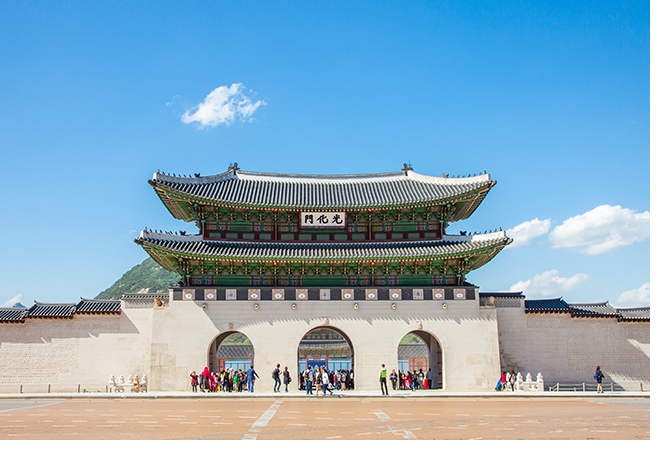
Gyeongbokgung PalaceGyeongbokgung Palace, the main palace in the Joseon Dynasty, was built after King Taejo, founder of the Joseon Dynasty. He had the capital moved to Hanyang during the fourth year of his reign (1395).
Its name, literally meaning “great fortune,” originated with a phrase of Sigyeong (Book of Songs), quoted by Jeong Do-jeon, an eminent scholar in the Joseon Dynasty: "I've already drunk and have been full with virtue, so I will help you get great fortune in my late year as a man of virtue.”
In 1412, King Taejong had the lake expanded in Gyeongbokgung Palace and built Gyeonghoeru Pavilion.
The pavilion served as a venue to hold parties and welcome foreign officials visiting the country.
It is an important cultural asset that represented
the main hall in the Joseon Dynasty since the main buildings like the main hall
and pavilion remained and kept their original location even as most of the buildings had been gone.
